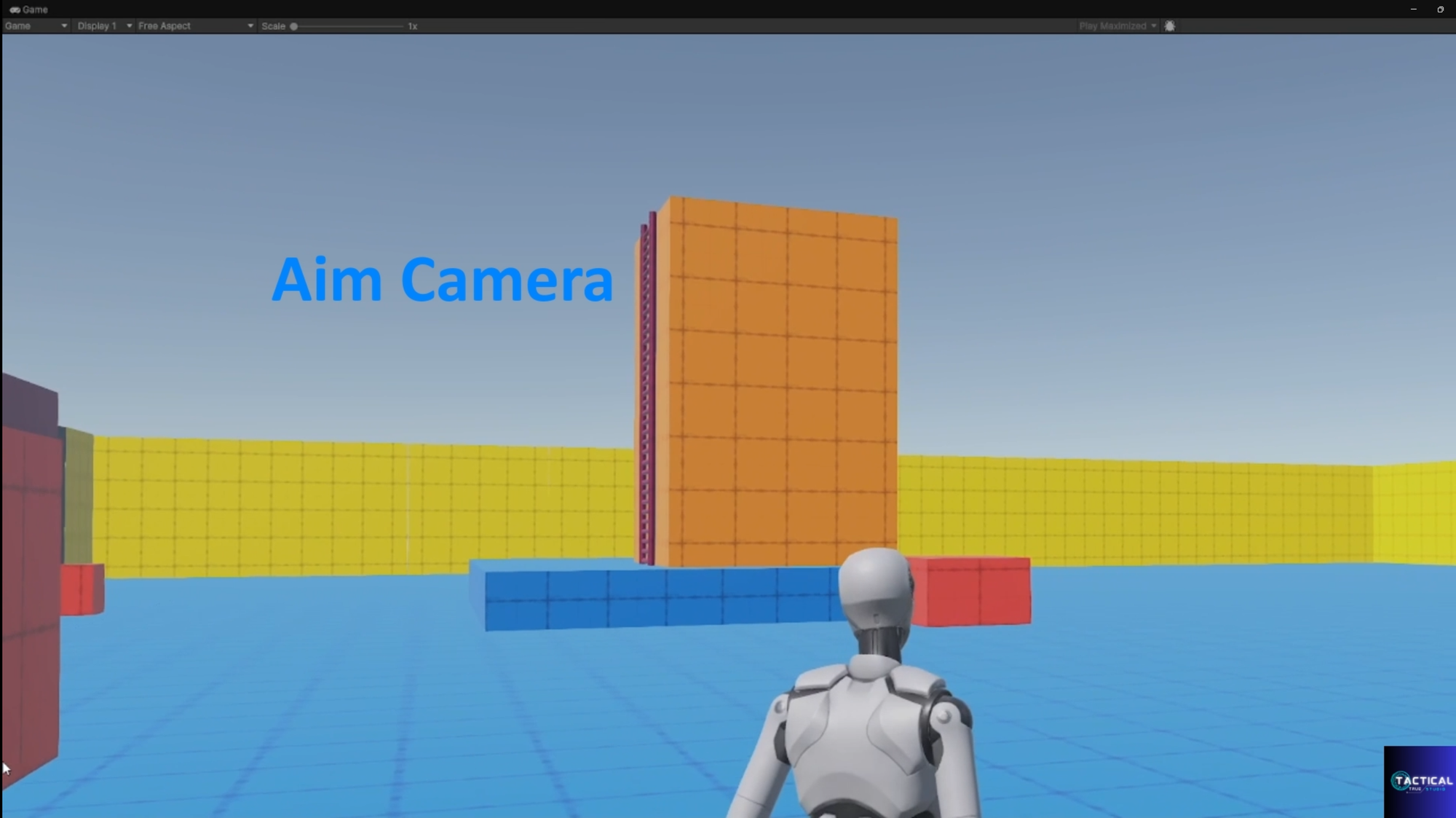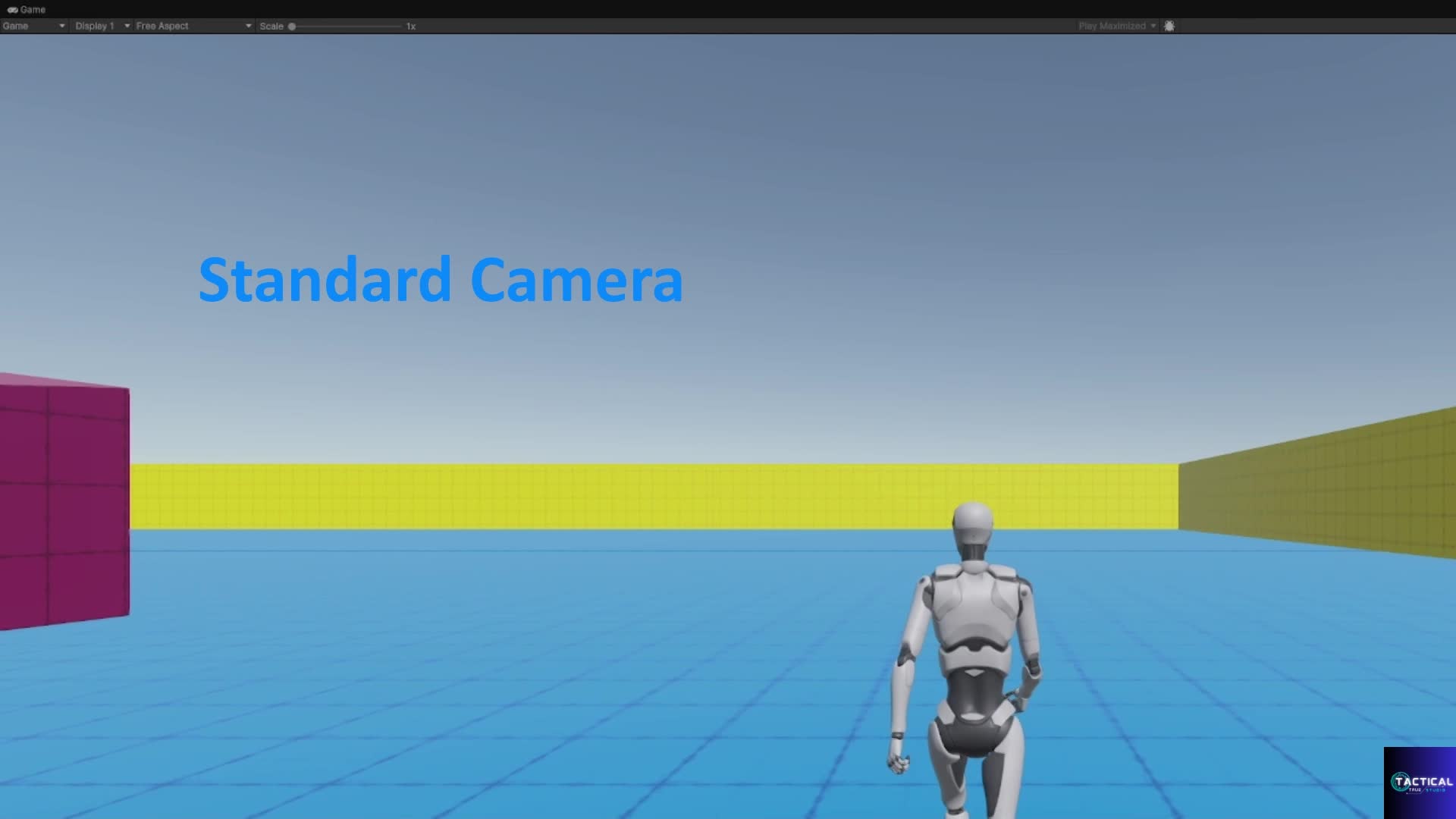🎥 Camera System with the Modular Third-Person Framework

A flexible camera system is essential for great third-person gameplay. True Tactical Studio’s Modular Third-Person Framework includes a fully adaptable camera system designed to handle any scenario—exploration, aiming, stealth, or action. In this post, I’ll show you how our camera system delivers the perfect perspective for every movement state.
Why Camera Perspective Matters The right camera angle can make the difference between a game that feels smooth and intuitive, and one that feels awkward or disorienting.
By adapting camera behavior dynamically to match player actions, you deliver a more immersive and enjoyable player experience.
How the Camera System Works1. Standard Camera
- The default third-person camera tracks behind the player at an optimal distance and angle, providing a clear view for movement and exploration.
- Smooth follow and rotation ensure players always see where they’re going, with minimal manual adjustment required.
- Customizable: Distance, angle, and follow speed can be tuned for your project’s feel.
2. Aim Camera
- When the player aims or targets (such as focusing or looking at specific point), the camera shifts to an over-the-shoulder perspective.
- Transitions between standard and aim cameras are handled smoothly—no jarring camera cuts.
3. Crawl Camera
- During crouch or crawl states, the camera automatically lowers its angle to maintain the player’s surroundings in focus.
- This helps the player stay oriented and aware, even in tight or stealthy scenarios.
- The system avoids clipping through the ground or obstacles, preserving immersion.
Dynamic Camera Switching
- The camera controller listens for state changes (walk, aim, crawl, etc.) and updates the camera mode in real time.
- All transitions use smoothing (lerp or blend times) to avoid sudden jumps or disorienting moves.
- You can extend or customize the system to support additional states (cover, climb, parkour) as your game grows.
What Makes This Camera System Stand Out?
- Fully modular: Works out of the box with any player setup
- Customizable: Tweak distance, angles, smoothing, and transition speeds
- Expandable: Add new camera modes for special actions with minimal code
Tips for Unity Developers
- Always test camera transitions in all movement states to catch edge cases.
- Use collision detection or “camera bumpers” to prevent the camera from passing through walls or the ground.
- Consider player feedback—good camera systems feel invisible when they work well.
How Do You Handle Camera Perspectives? What’s your favorite camera setup in Unity?
Have you built a dynamic camera system, or do you prefer fixed views?
Share your experience below, or ask how to implement new camera features!
Try the Modular Third-Person Framework Want a camera system that’s flexible, customizable, and easy to expand?
Check out the asset on the Unity Asset Store! Versatile Third-Person Controller System | Systems | Unity Asset Store
